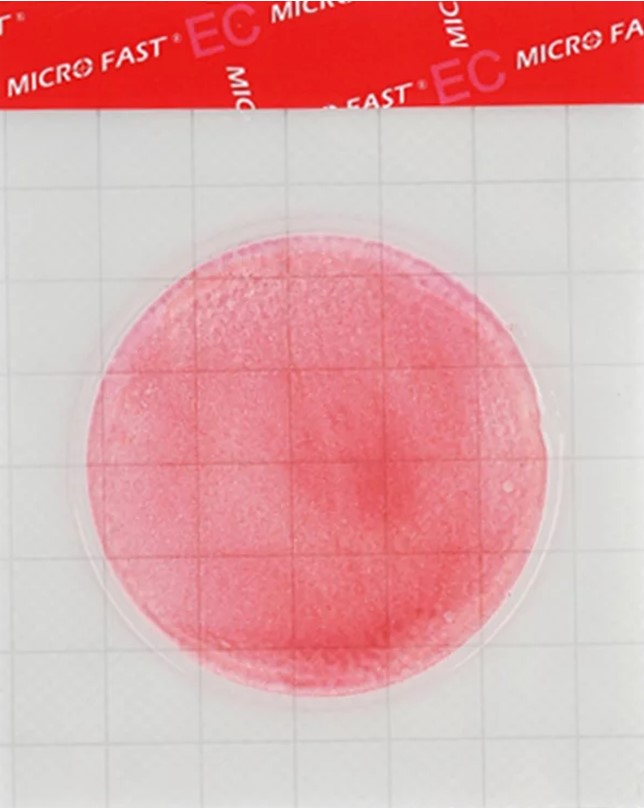Which products will become more expensive in 2024?

The expert notes: manufacturers also predict an increase in prices for cereals and dairy products, confectionery, chocolate, coffee , and juices. This will happen due to unstable exchange rates, an 11% increase in packaging prices and an increase in the cost of transportation services (by 40% per year).
“In my opinion, manufacturers will try to reduce the price of the product: for example, visually leaving the same packaging, but reducing the volume of the product - a package of 8 eggs instead of 10 and 0.8 liter bottles of MILK instead of liter ones,” noted Pyotr Shcherbachenko.
As for MEAT, prices increased already in January: beef rose in price by 1.18%, and lamb by 2.5%. At the same time, chicken , on the contrary, became cheaper by 2.7%. Eggs also gradually began to become cheaper - by 1.86% per month.
“The opening of duty-free import of eggs will slightly reduce their cost, giving an increase in additional supply of goods. However, prices for eggs in some countries that are ready to supply them to us are higher than in RUSSIA,” added Pyotr Shcherbachenko.
According to him, due to the increase in excise taxes, prices will also rise.ALCOHOL . The excise tax on strong alcohol will increase by 30 rubles. — up to 643 rub. per liter of anhydrous ethyl alcohol. With the increase in excise taxes, the final prices of the product will also increase. Thus, until May 2024 , alcoholic beverages will increase in price by 10-15%, and beer by 5%.
However, the expert emphasizes: there are products that are becoming cheaper. For example, in the first month of 2024, prices for vegetables decreased. Thus, potatoes fell in price by 4.8% , cabbage by 3.7%, carrots by 3.1%, cucumbers and tomatoes by 10% , onions by 2.8%, and beets by 2.1% .
“In general, the increase in prices in 2024 is associated with the financial difficulties of suppliers due to the extension of payment terms with partners, the transition to 100% prepayment for raw materials, ingredients, packaging, services, etc., the lack of working capital to ensure continuous production and a reduction in the cash register period gap among suppliers. Only by increasing food production is it possible to provide the population with an affordable and stable supply,” added Petr Shcherbachenko.
Read together with it:
- Belstat reported how much grain, milk, meat, and vegetables are produced in Belarus per capita.November 14, MINSK . Belarus produces 913 kg of grain, 958 kg of MILK, 341 kg of potatoes, and 304 kg of vegetables per capita, according to a review by the National Statistical Committee for the Day of Agricultural and Processing Industry Workers, BELTA reports. The country also produces 78 kg of fruits and berries, 147 kg of livestock and poultry (slaughter weight), and 4......
- UniCredit заявил о галактических усилиях из-за санкций против РоссииUniCredit старается не нарушить «более 15 тыс. санкций», а также не «совершать ошибки», которые позволят изъять его активы в России, заявил гендиректор. После начала военной операции банк начал рассматривать возможность ухода Итальянский банк UniCredit прилагает «галактические усилия», пытаясь соблюсти международные санкции в отношении своего российского подразделения. Об этом заявил генеральный д...
- He crawled to the icon with prayer. The true story of a man who overcame drug addiction.Alexander Ovchinnikov. Topic News. Our project's hero was a drug addict for many years. The thought that this was a dead end never left him, but his addiction proved stronger. One day, when he could no longer walk, he crawled to an icon in prayer. This became his first step toward a new life. Today, he heads a charity center that helps those who have given up hope and are unable to quit ALCOHOL an...
- Низкое предложение и устойчивый спрос: в Аргентине растут цены на мясоЦены на говядину снова выросли, что отразилось на полках супермаркетов и в мясных магазинах. За последние две недели розничные цены выросли на 8–12%, а на некоторые популярные отрубы рост превысил 15% по сравнению с октябрем. Тем не менее, продажи остаются высокими: потребители продолжают покупать, принимая новые цены и закрепляя тенденцию, которая повторяется каждый год в конце года, когда спрос ...



























































